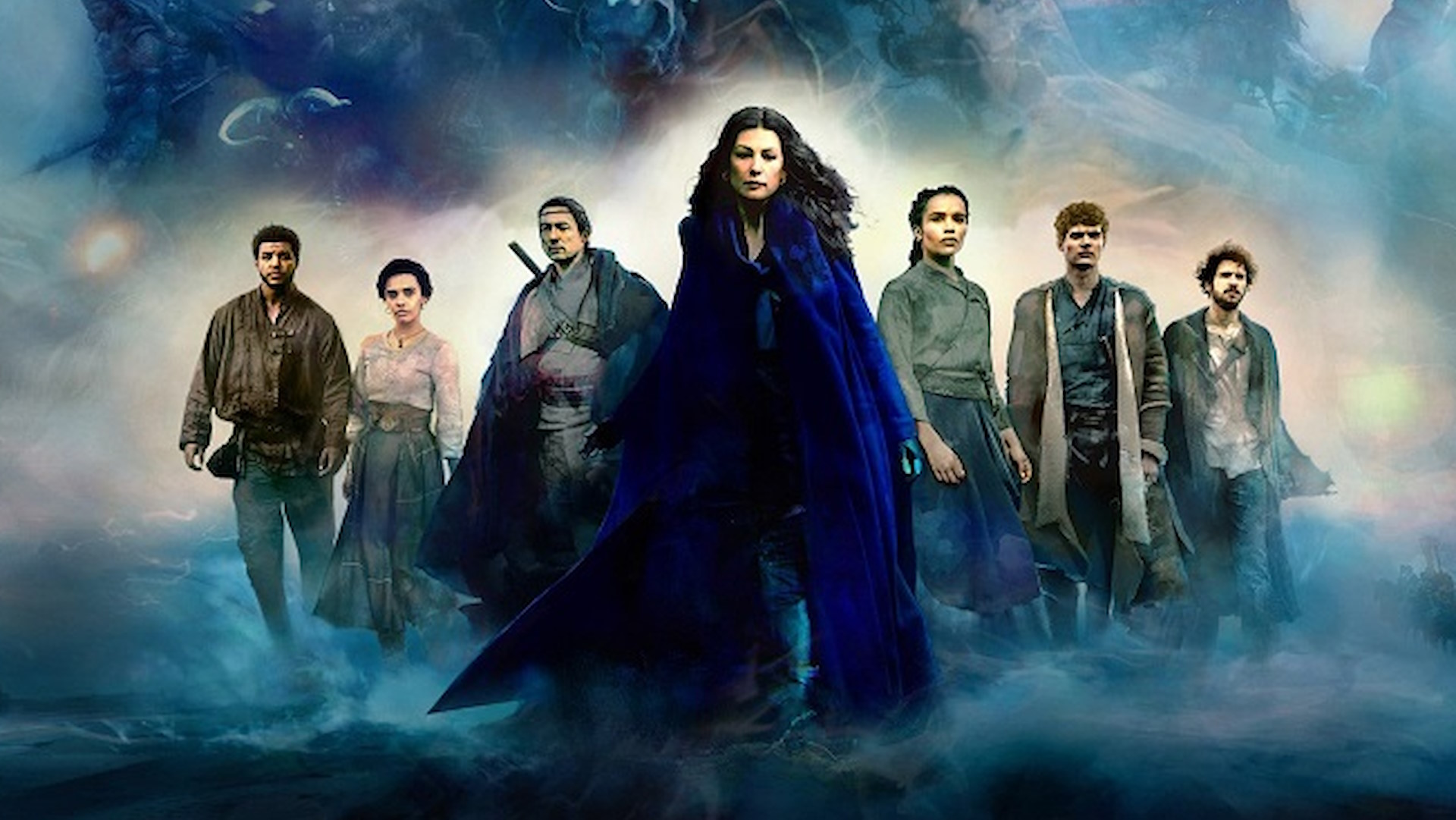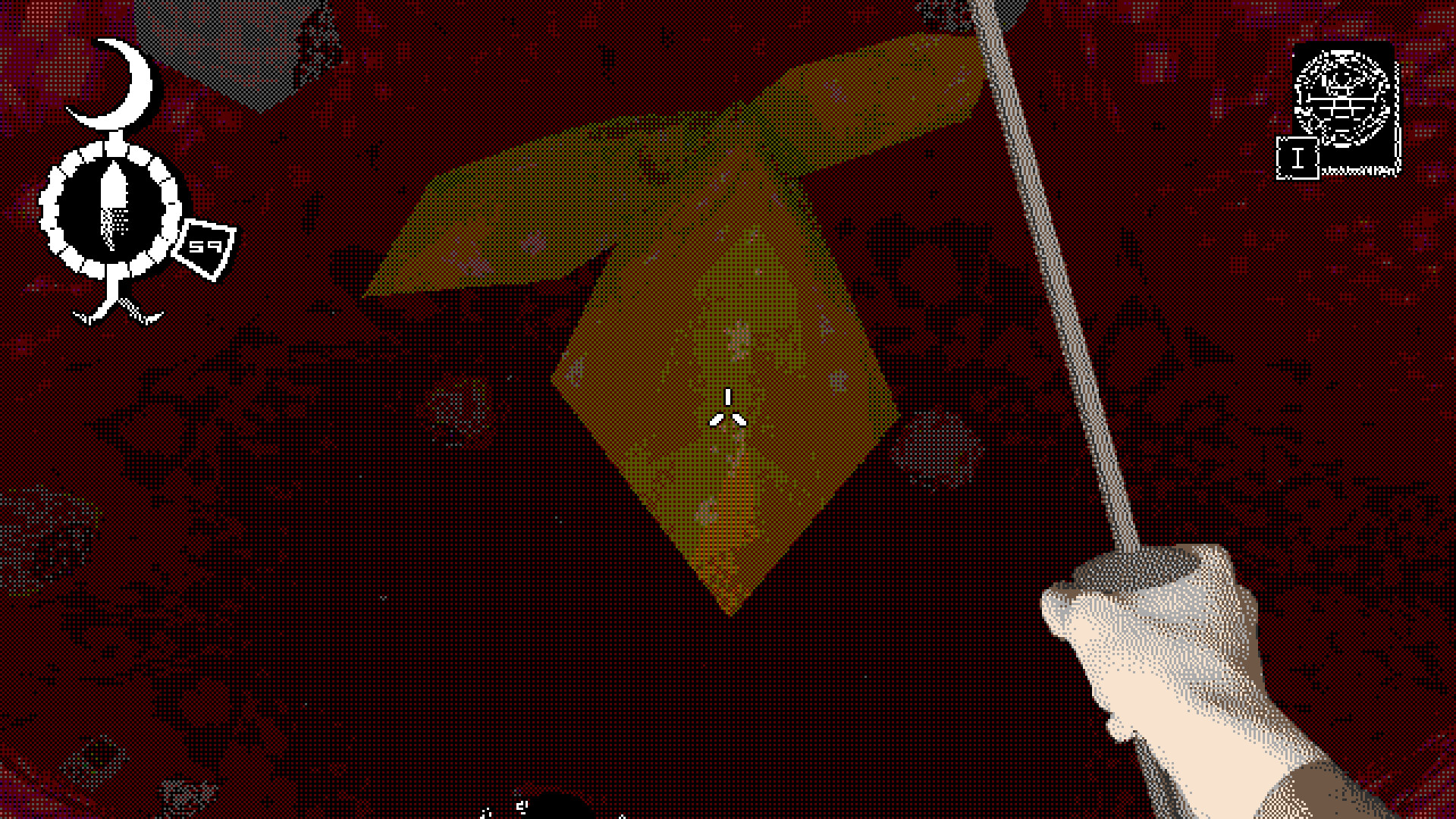
It’s very easy for disabled people to feel betrayed when a game lacks proper accessibility, and rightfully so. How can studios expect us to celebrate these innovations and victories if we still can’t play their games? But if there is one lesson I’ve learned from personally playing and professionally critiquing some of our favorites, it’s that major developments should be celebrated, even if that means potentially missing out on brand-new experiences.
When I write, I tend to avoid including my own perspective, aside from reviews. I’ve always felt uncomfortable discussing personal stories, especially since I share a space with over 400 million disabled players, each deserving to highlight how the games industry is helping or failing them. But in some instances, I think sharing personal stories is almost cathartic and crucial when exploring the necessity of accessibility. So, for this month’s Access Designed, I’m breaking my rule to tell you about my growth and evolving understanding of accessibility as a disabled player.
My birthday is in March – March 19 to be exact. Throughout my 29 years of life, I’ve gamed on just about every system. From handhelds like the Game Boy Advance to my current PC, I familiarized myself with some of the best games this industry has offered.
Despite living with a neuromuscular disability, the muscles in my hands and fingers were strong enough to allow me to play… Until the release of the Xbox 360.
As a young child, I never had restrictions. Despite living with a neuromuscular disability – Spinal Muscular Atrophy type II – the muscles in my hands and fingers were strong enough to allow me to play across a variety of consoles. My relationship with my disability and games was incredibly black-and-white. I either played until I needed my older brother for assistance, or I would just return a game to my local store if the barriers proved to be too much for my hands. And before my disease progressed, I rarely needed to research new releases. That is until the release of the Xbox 360 and Xbox Live, when the reality of my limitations became more prevalent.
I met my current and closest friend group within the halls of Nacht Der Untoten. The fast-paced action of running from and gunning down Nazi zombies introduced new challenges that transcended beyond Call of Duty: World at War. For the first time in my gaming life, I was unable to fully utilize a controller. Not only did the shape and size of the 360 pad prevent me from reaching crucial buttons like triggers, the actuation force for the LS and RS buttons was far stronger than anything I’ve experienced. Before I told my friends about my disability, I consistently fabricated excuses as to why I was unable to sprint, use melee, or even aim certain weapons like bolt-action rifles. And for a time, I even believed my own lies. I didn’t want to accept my weakened state as a product of my disability, especially as it impacted my only form of independence.
Appreciating Accessibility
World at War acted as an accessibility awakening. I was unable to simply abandon the game that my friends obsessed over without risking losing the ability to play with them. So I began scouring through the options hoping to find a specific control scheme that would suit my needs. Unfortunately, nothing worked. It took my brother taping a popsicle stick to the back of my controller, allowing me to effectively use both triggers. It was a unique solution for a unique problem, one that still didn’t fix everything and angered me. World at War could not provide its own answers.
That simple modification of adding a popsicle stick was a lifeline when extensive menus and accessible design practices were still within their infancy. And with every new 360 controller, my brother would fashion another popsicle stick to its side, letting me enjoy the entire lifespan of what continues to be my favorite console generation.
As my disability progressed and my hand strength gradually lessened, shooters like Call of Duty no longer appeared on my shelves. Instead, fast-paced games found a new home on my PC, where the ease of increasing my mouse’s sensitivity and creating custom keybinds was far easier for my needs. And as I devoted more time to playing on the computer, my hands became accustomed to my setup, making it much more difficult for me to seamlessly transition between systems. This became particularly evident with the release of The Last of Us Part II.
Lessons Learned
2020 was a year of celebration for the accessibility community in gaming. Naughty Dog’s sequel to The Last of Us was remarkable for the continuation of its story, but also for its attention to detail to the needs of disabled players. Not only did it provide incredible settings for both physically disabled and deaf/hard of hearing individuals, TLOU 2 became one of the few AAA games where blind/low vision people could seamlessly play from start to finish without sighted assistance. It was also the game that truly demonstrated the importance and necessity of accessibility related journalism.
During its release, I was acting as the Mobility Editor for Can I Play That, a publication dedicated entirely to accessibility and the disabled perspective. My team and I spent weeks prior to the release deciding how to cover this behemoth of an accessible game. We published videos, reviews, features, news, opinions, and everything and anything that could demonstrate the importance of this title – except a mobility review. Despite all the award-winning features, PlayStation’s lack of an accessible controller meant it was physically impossible for me to review the most accessible game of that year.
I learned to praise each success for the disabled gaming community, even if I couldn’t enjoy it.
I was frustrated at myself and the absence of first-party hardware compatible with PlayStation systems. But through writing about my immeasurable disappointments, I was struck by the juxtaposition of my colleagues’ joy. And when I searched varying social media platforms, the consensus was one of celebration. At long last, disabled people were at the forefront of a major AAA launch. While I allowed myself to feel left out, I also learned to appreciate the efforts by Naughty Dog and soon began cheering alongside my disabled peers. At that moment, it wasn’t about me. This was a win for disabled players.
Growing up, I was the only prominently physically disabled child in school and at home. My disability was all I knew. As I found my place in this industry, I learned to praise each success for the disabled gaming community, even if I couldn’t enjoy it. Disabilities, like games, are so uniquely personal to everyone. The stories told within titles like TLOU 2 provide fantastic metaphors for important life lessons. For me, Naughty Dog’s award-winning sequel reminded me that a win for some is still a win for all.
Grant Stoner is a disabled journalist covering accessibility and the disabled perspective in video games. When not writing, he is usually screaming about Pokémon or his cat, Goomba on Twitter.





